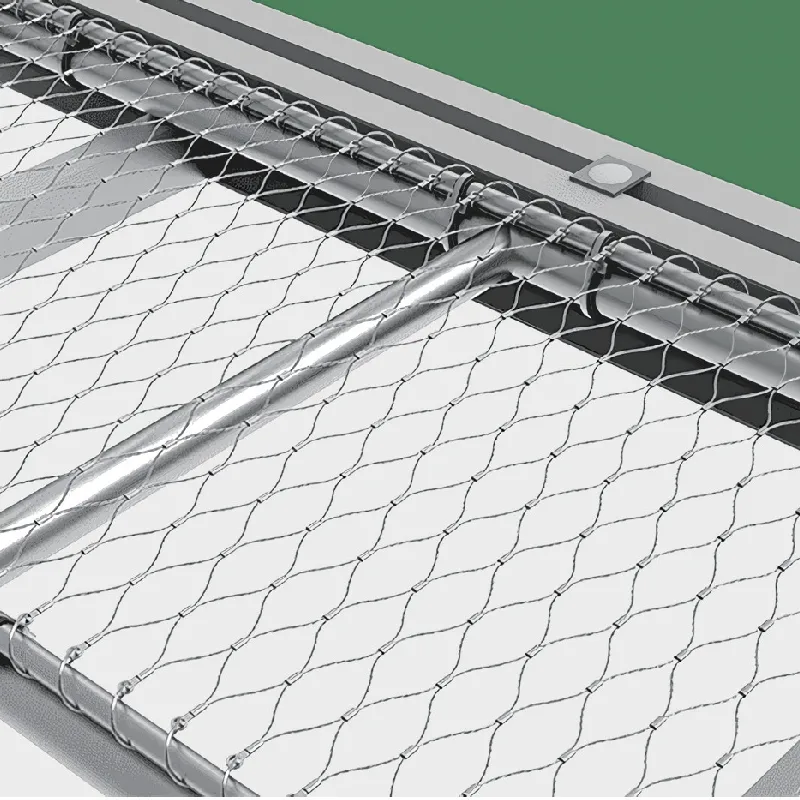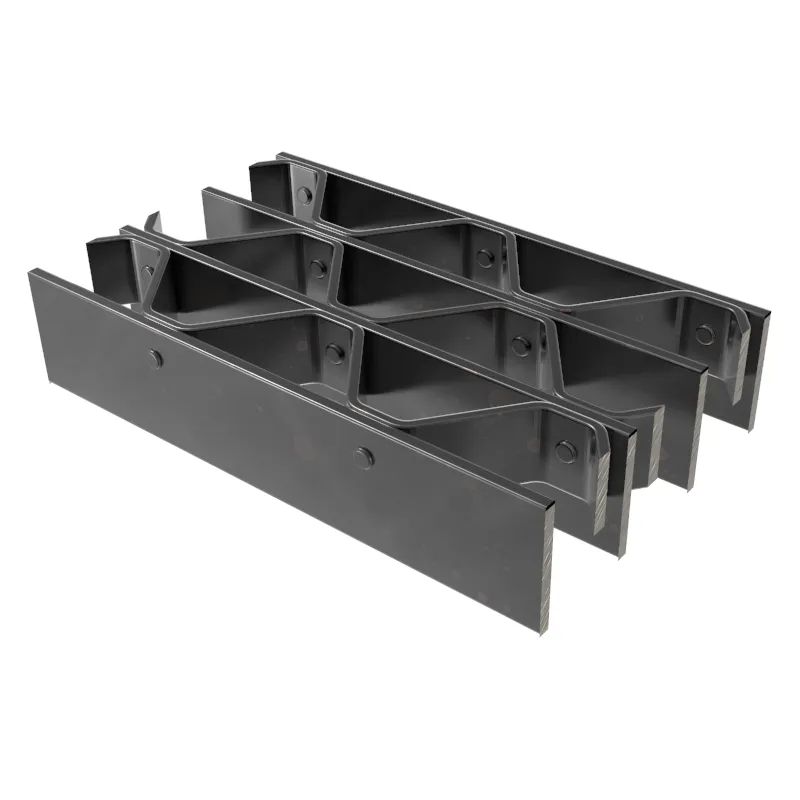- Industrial zone, South of Anping Town, Hengshui, Hebei, China.
- sales@hfpetromesh.com
- +86-18931809706
 Afrikaans
Afrikaans  Albanian
Albanian  Amharic
Amharic  Arabic
Arabic  Armenian
Armenian  Azerbaijani
Azerbaijani  Basque
Basque  Belarusian
Belarusian  Bengali
Bengali  Bosnian
Bosnian  Bulgarian
Bulgarian  Catalan
Catalan  Cebuano
Cebuano  Corsican
Corsican  Croatian
Croatian  Czech
Czech  Danish
Danish  Dutch
Dutch  English
English  Esperanto
Esperanto  Estonian
Estonian  Finnish
Finnish  French
French  Frisian
Frisian  Galician
Galician  Georgian
Georgian  German
German  Greek
Greek  Gujarati
Gujarati  Haitian Creole
Haitian Creole  hausa
hausa  hawaiian
hawaiian  Hebrew
Hebrew  Hindi
Hindi  Miao
Miao  Hungarian
Hungarian  Icelandic
Icelandic  igbo
igbo  Indonesian
Indonesian  irish
irish  Italian
Italian  Japanese
Japanese  Javanese
Javanese  Kannada
Kannada  kazakh
kazakh  Khmer
Khmer  Rwandese
Rwandese  Korean
Korean  Kurdish
Kurdish  Kyrgyz
Kyrgyz  Lao
Lao  Latin
Latin  Latvian
Latvian  Lithuanian
Lithuanian  Luxembourgish
Luxembourgish  Macedonian
Macedonian  Malgashi
Malgashi  Malay
Malay  Malayalam
Malayalam  Maltese
Maltese  Maori
Maori  Marathi
Marathi  Mongolian
Mongolian  Myanmar
Myanmar  Nepali
Nepali  Norwegian
Norwegian  Norwegian
Norwegian  Occitan
Occitan  Pashto
Pashto  Persian
Persian  Polish
Polish  Portuguese
Portuguese  Punjabi
Punjabi  Romanian
Romanian  Russian
Russian  Samoan
Samoan  Scottish Gaelic
Scottish Gaelic  Serbian
Serbian  Sesotho
Sesotho  Shona
Shona  Sindhi
Sindhi  Sinhala
Sinhala  Slovak
Slovak  Slovenian
Slovenian  Somali
Somali  Spanish
Spanish  Sundanese
Sundanese  Swahili
Swahili  Swedish
Swedish  Tagalog
Tagalog  Tajik
Tajik  Tamil
Tamil  Tatar
Tatar  Telugu
Telugu  Thai
Thai  Turkish
Turkish  Turkmen
Turkmen  Ukrainian
Ukrainian  Urdu
Urdu  Uighur
Uighur  Uzbek
Uzbek  Vietnamese
Vietnamese  Welsh
Welsh  Bantu
Bantu  Yiddish
Yiddish  Yoruba
Yoruba  Zulu
Zulu
- Afrikaans
- Albanian
- Amharic
- Arabic
- Armenian
- Azerbaijani
- Basque
- Belarusian
- Bengali
- Bosnian
- Bulgarian
- Catalan
- Cebuano
- Corsican
- Croatian
- Czech
- Danish
- Dutch
- English
- Esperanto
- Estonian
- Finnish
- French
- Frisian
- Galician
- Georgian
- German
- Greek
- Gujarati
- Haitian Creole
- hausa
- hawaiian
- Hebrew
- Hindi
- Miao
- Hungarian
- Icelandic
- igbo
- Indonesian
- irish
- Italian
- Japanese
- Javanese
- Kannada
- kazakh
- Khmer
- Rwandese
- Korean
- Kurdish
- Kyrgyz
- Lao
- Latin
- Latvian
- Lithuanian
- Luxembourgish
- Macedonian
- Malgashi
- Malay
- Malayalam
- Maltese
- Maori
- Marathi
- Mongolian
- Myanmar
- Nepali
- Norwegian
- Norwegian
- Occitan
- Pashto
- Persian
- Polish
- Portuguese
- Punjabi
- Romanian
- Russian
- Samoan
- Scottish Gaelic
- Serbian
- Sesotho
- Shona
- Sindhi
- Sinhala
- Slovak
- Slovenian
- Somali
- Spanish
- Sundanese
- Swahili
- Swedish
- Tagalog
- Tajik
- Tamil
- Tatar
- Telugu
- Thai
- Turkish
- Turkmen
- Ukrainian
- Urdu
- Uighur
- Uzbek
- Vietnamese
- Welsh
- Bantu
- Yiddish
- Yoruba
- Zulu
Jan . 11, 2025 09:24
Back to list
types of steel grating
Steel grating, a versatile building material, plays a crucial role in modern construction, industrial applications, and architectural designs. With its robust structure and durability, it has become indispensable for professionals seeking both safety and efficiency in their projects. Understanding the different types of steel grating is vital to ensure the best fit for specific applications, maximizing both performance and cost-effectiveness.
A crucial aspect of steel grating selection involves understanding the manufacturing processes, such as welded, pressure-locked, and swage-locked grating. Welded grating, made by electrically fusing the bearing bars and cross bars, offers a high strength-to-weight ratio, making it suitable for heavy-duty applications. Pressure-locked grating, produced by mechanically joining the bars under intense pressure, ensures tight bonding and is often preferred for its clean look and dimensional stability. Swage-locked grating, involving the interlocking of bars through a swaging process, excels in providing rigidity and strength. It is particularly useful in environments subject to dynamic forces, such as offshore platforms and drilling rigs. The choice of manufacturing method significantly influences the grating's durability and performance, guiding professionals in selecting the most suitable option for their specific needs. The diverse range of coatings available for steel grating further expands its applications. Galvanized grating, coated with a layer of zinc, provides excellent rust resistance, enhancing longevity in outdoor and industrial settings. Painted grating offers aesthetic flexibility, allowing customization to match specific design requirements. In sum, the choice of steel grating involves a blend of material properties, manufacturing techniques, and environmental considerations. Professionals configuring their projects should diligently assess their requirements, ensuring the chosen type aligns with both operational demands and safety standards. Leveraging steel grating’s full potential not only enhances project efficiency but also promises longevity and reliability, qualities that are integral to successful design and construction outcomes. By staying informed about the unique characteristics and applications of each grating type, industry experts can confidently make decisions that drive innovation and excellence in their respective fields.


A crucial aspect of steel grating selection involves understanding the manufacturing processes, such as welded, pressure-locked, and swage-locked grating. Welded grating, made by electrically fusing the bearing bars and cross bars, offers a high strength-to-weight ratio, making it suitable for heavy-duty applications. Pressure-locked grating, produced by mechanically joining the bars under intense pressure, ensures tight bonding and is often preferred for its clean look and dimensional stability. Swage-locked grating, involving the interlocking of bars through a swaging process, excels in providing rigidity and strength. It is particularly useful in environments subject to dynamic forces, such as offshore platforms and drilling rigs. The choice of manufacturing method significantly influences the grating's durability and performance, guiding professionals in selecting the most suitable option for their specific needs. The diverse range of coatings available for steel grating further expands its applications. Galvanized grating, coated with a layer of zinc, provides excellent rust resistance, enhancing longevity in outdoor and industrial settings. Painted grating offers aesthetic flexibility, allowing customization to match specific design requirements. In sum, the choice of steel grating involves a blend of material properties, manufacturing techniques, and environmental considerations. Professionals configuring their projects should diligently assess their requirements, ensuring the chosen type aligns with both operational demands and safety standards. Leveraging steel grating’s full potential not only enhances project efficiency but also promises longevity and reliability, qualities that are integral to successful design and construction outcomes. By staying informed about the unique characteristics and applications of each grating type, industry experts can confidently make decisions that drive innovation and excellence in their respective fields.
Share
Prev:
Next:
Latest news
-
Welded Steel Bar Grating: The Rugged Industrial Flooring Solution Built for Load and LongevityNewsJun.24,2025
-
Steel Walkway Grating: Reliable, Resilient, and Built for Every StepNewsJun.24,2025
-
Shale Shaker Screen for Sale: Optimize Drilling Efficiency with Precision Screening PowerNewsJun.24,2025
-
Shaker Screen for Sale: Elevate Your Drilling Efficiency with Durable Separation SolutionsNewsJun.24,2025
-
Press Locked Steel Grating: Industrial Strength with Precision Fit for Heavy-Duty ApplicationsNewsJun.24,2025
-
Perimeter Safety Netting: The Critical Safety Upgrade for Every HelipadNewsJun.24,2025